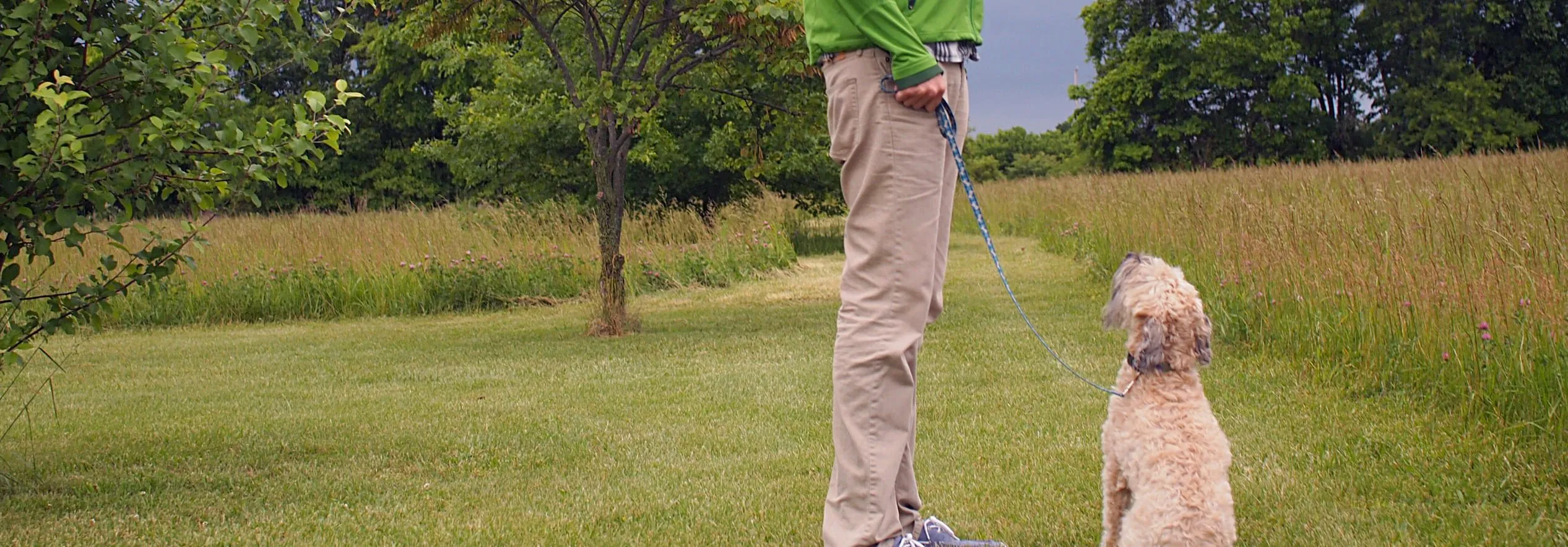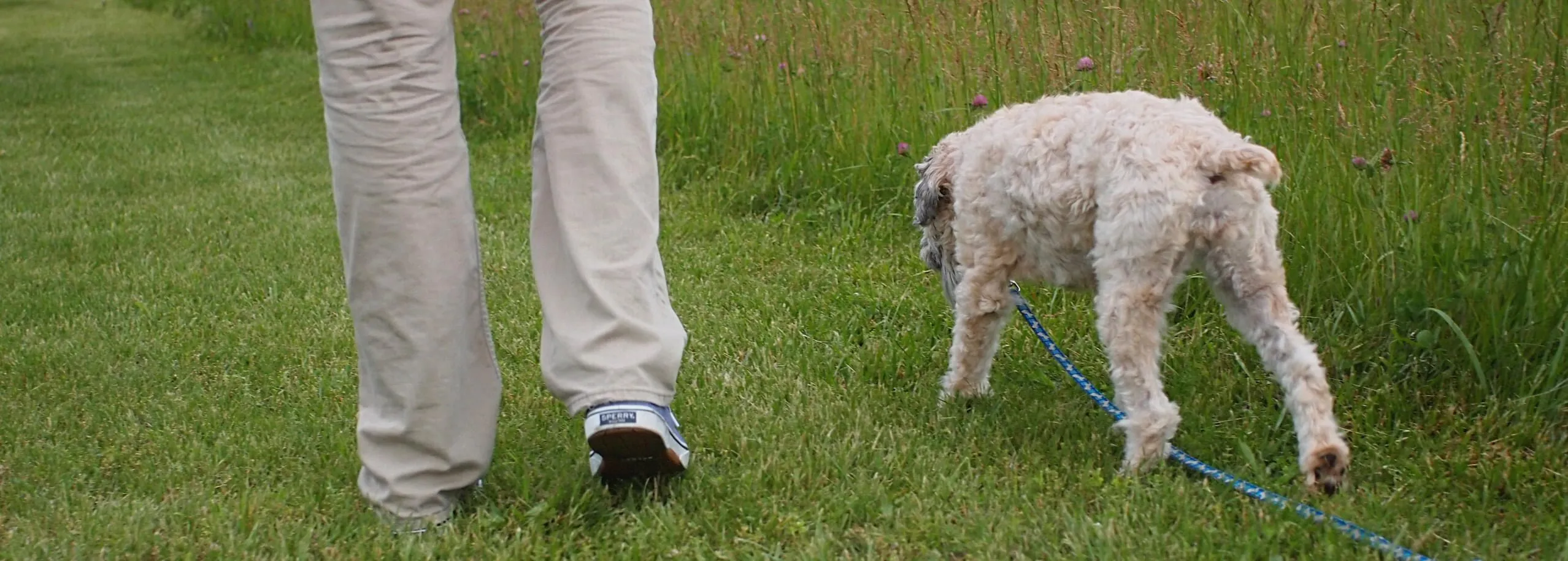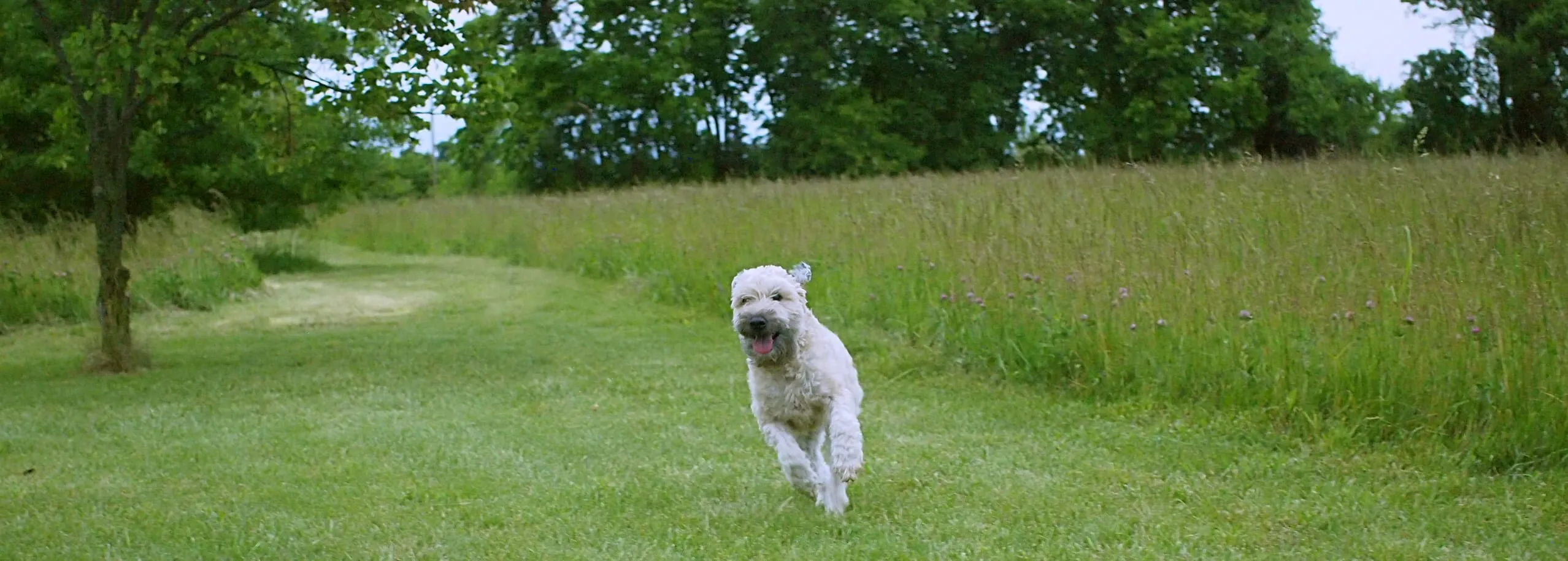For many dog owners, the thought of walking their beloved companion without a leash seems like a distant dream. The constant tugging, the sudden dashes, and the fear of your dog running off can turn what should be a relaxing stroll into a frustrating battle of wills. However, with consistent training and a clear understanding of your dog’s natural instincts, achieving off-leash freedom is not only possible but incredibly rewarding. It transforms your walks from a struggle for control into a harmonious experience where you and your dog are truly connected.
Imagine enjoying a walk where your dog stays by your side, responsive to your commands, and eager for your affirmation, all without the physical restraint of a leash. This level of trust and obedience doesn’t happen overnight, but it’s a journey well worth taking. It starts with building a strong foundation of focus and authority, teaching your dog that you are their most important focal point. Just as you might teach your dog to understand boundaries, such as how to teach a dog to stay off couch, fostering focus on you is paramount for off-leash success.
Building a Strong Foundation: The “Leave It!” Command
The journey to off-leash walking often begins with foundational commands, and “leave it!” is one of the most powerful. This isn’t a command rooted in punishment, but rather a redirection—a gentle reminder to your dog that “I am where your focus should be, on me now.” It teaches them to disengage from distractions and turn their attention back to you, which is crucial for safety and responsiveness when off-leash. Dogs are naturally “in the moment” creatures, always seeking something to focus on. If you can become that primary focus, the source of their affection, affirmation, and praise, you’ve unlocked the key to effective dog training. You become their “here and now,” and once they reach this point, they’ll be receptive to learning almost anything you wish to teach them.
 A happy dog and owner walking in a field, demonstrating successful off-leash training
A happy dog and owner walking in a field, demonstrating successful off-leash training
Addressing Leash Pulling Habits
A common hurdle for many dog owners is leash pulling. When you allow your dog to constantly pull on the leash, they are often being rewarded for it. Each successful pull to a new scent or sight reinforces the idea that they are in control and that pulling gets them where they want to go. To break this habit, a firm and consistent approach is necessary. When your dog pulls, simply refuse to move forward. Stand still until they relax the leash and acknowledge your authority. This may not be fun initially, but consistency is key, and the long-term benefits of a well-behaved dog are immense. Periodically, give a quick, brief tug on their leash to remind them of your authority, coupled with a known command like “leave it!” The goal is to regain their attention and encourage them to focus on you. The leash should always have slack; a taut leash signifies a dog in control. Learning how to teach my dog not to pull is an essential step towards off-leash reliability.
The Power of Frequent Stops and Rewards
One highly effective technique to cultivate focus is to stop frequently during your walks and engage in an activity your dog enjoys or that results in a reward. This could involve a quick tug on their leash, followed by a treat when they sit and look at you. The more you incorporate this into your routine, the more your dog will instinctively check back with you, anticipating your next move or command. If your dog is distracted or doesn’t stop, gently step in front of them to interrupt their path, then prompt them to sit and make eye contact. This proactive engagement reinforces your role as the leader and keeps their attention centered on you, much like teaching your dog won t stay off the couch by redirecting their behavior.
 An owner giving a treat to a dog that is sitting and focused during a walk
An owner giving a treat to a dog that is sitting and focused during a walk
Using Sound Cues for Attention
Constantly yelling at your dog to get their attention can be exhausting and less effective over time. Instead, consider using a distinct sound cue. Finger snaps, a clicker, or any consistent sound that reliably grabs your dog’s attention can be invaluable. This sound cue, when associated with commands and leash tugs, becomes a powerful trigger for focus. By snapping your fingers every time you issue a command or give a gentle leash correction, your dog will quickly learn to associate the sound with shifting their attention to you, making communication much more seamless than repetitive verbal commands.
Transitioning to Off-Leash: Gradual Steps
Once your dog has a strong foundation of focus and responds reliably to your commands, you can begin the exciting transition to off-leash walking. This process should be gradual and methodical, building confidence and reinforcing good behavior every step of the way.
 A dog sitting obediently next to its owner with a dropped leash under the owner's foot
A dog sitting obediently next to its owner with a dropped leash under the owner's foot
The “Drop the Leash” Technique
When your dog consistently maintains focus on your movements and responds to your wishes, it’s time to introduce the “drop the leash” technique. Have your dog sit beside you, then drop the leash, making sure to keep it securely under your foot. Dogs may be tempted to bolt if they see the leash released, so keeping it anchored underfoot signals to them that you still have control, even without holding it directly. If they remain calm and wait for your next cue, begin walking. Periodically, step on the leash and repeat your familiar sequence: say “sit,” give a treat, snap your fingers, and use a known command. Continue this practice as long as your dog remains engaged and doesn’t attempt to run off. A significant benefit of this method is that your dog will often step on their own leash, providing a gentle self-correction that reinforces alertness and good behavior during walks. This teaches them boundaries, much like how you might train dog to not jump on couch through consistent boundaries.
Leaving the Leash Behind Entirely
When you’re ready to go completely off-leash, it’s best to start the walk without the leash from the outset, rather than removing it mid-walk, which might trigger a sudden burst of freedom. Begin the walk with a series of familiar commands, occasional snaps, and sits to establish the routine and let your dog know this is the same structured walk as always. If your dog struggles to listen or loses focus, don’t be discouraged; simply go back a step in your training. With patience and consistency, they will eventually understand and look forward to their off-leash adventures with you.
 A dog confidently walking off-leash beside its owner in an open area
A dog confidently walking off-leash beside its owner in an open area
Controlled Exploration and Freedom
Once your dog has mastered commands and reliably responds to your actions, you can begin to integrate controlled exploration. Allow them to stop and sniff occasionally, but ensure they obey when you decide it’s time to move on. Gradually, you can speed up the pace, letting them stretch their legs and enjoy more freedom, but always remain vigilant to prevent them from getting out of control. Periodically slow down to remind them that you are still in charge. This practice should be maintained both on and off-leash, allowing your dog to easily adjust to no-leash training and understand general obedience, similar to how you would how to train my dog to stay off the furniture.
 An energetic dog running freely in a safe, fenced-in dog park
An energetic dog running freely in a safe, fenced-in dog park
Important Considerations for Off-Leash Success
While the goal is off-leash freedom, every dog needs a safe environment to practice and truly run free. A securely fenced backyard, a gated dog park, or any other enclosed area provides an ideal setting where they can explore without the risk of getting lost or encountering traffic. If your training has been consistent and effective, you’ll often find that your dog won’t stray too far from you, as your presence and attention are what they truly desire in life.
It’s crucial to remember that achieving a reliable off-leash dog is not an overnight process. It demands significant patience and daily consistency on your part. But the bond strengthened through this dedicated training, and the joy of harmonious off-leash walks, make every effort worthwhile. By consistently reinforcing your authority and making yourself the most engaging part of their world, you will build a trusting relationship that allows both of you to enjoy the ultimate freedom of walking together, unleashed.
